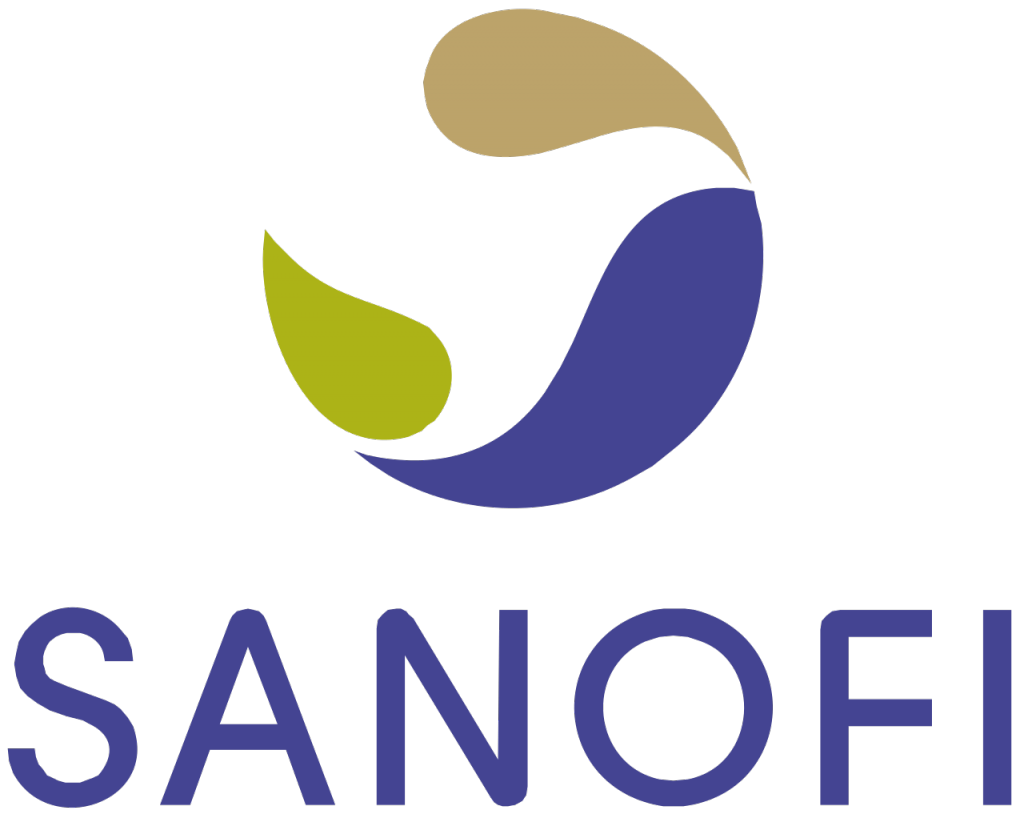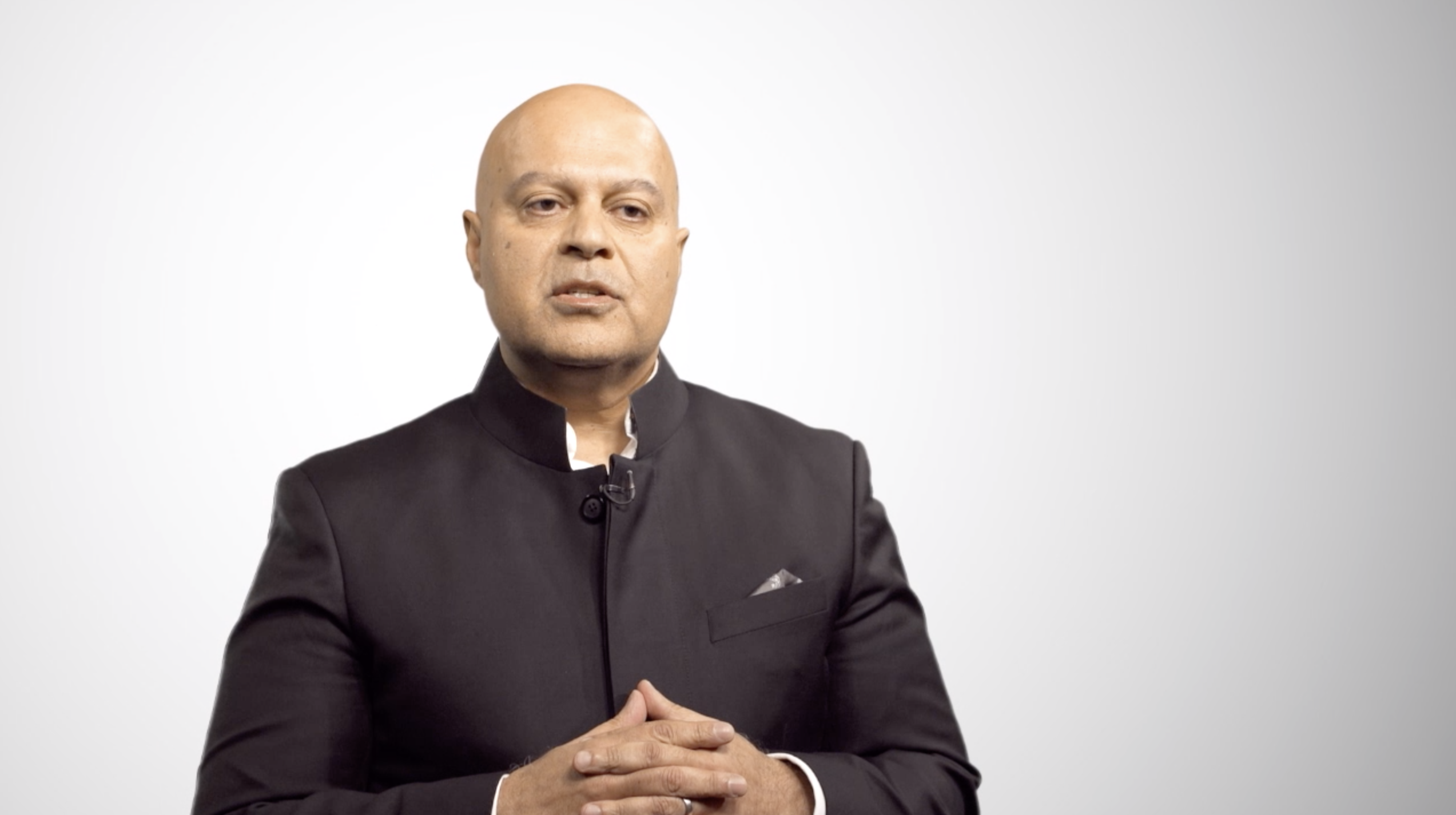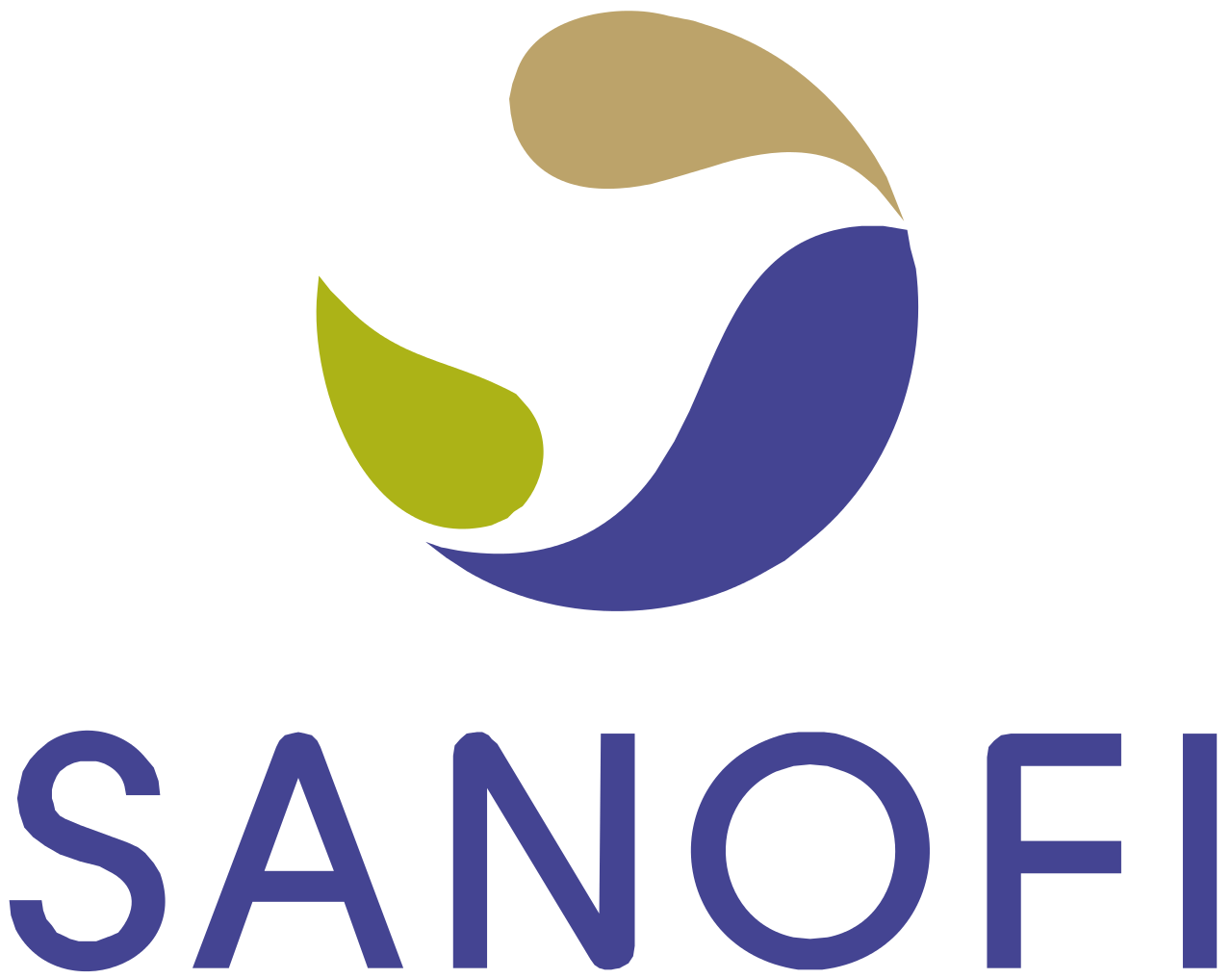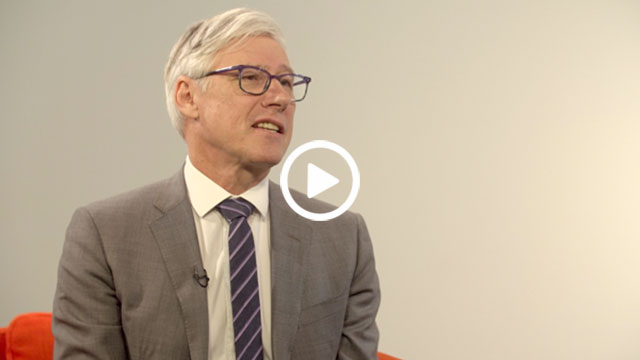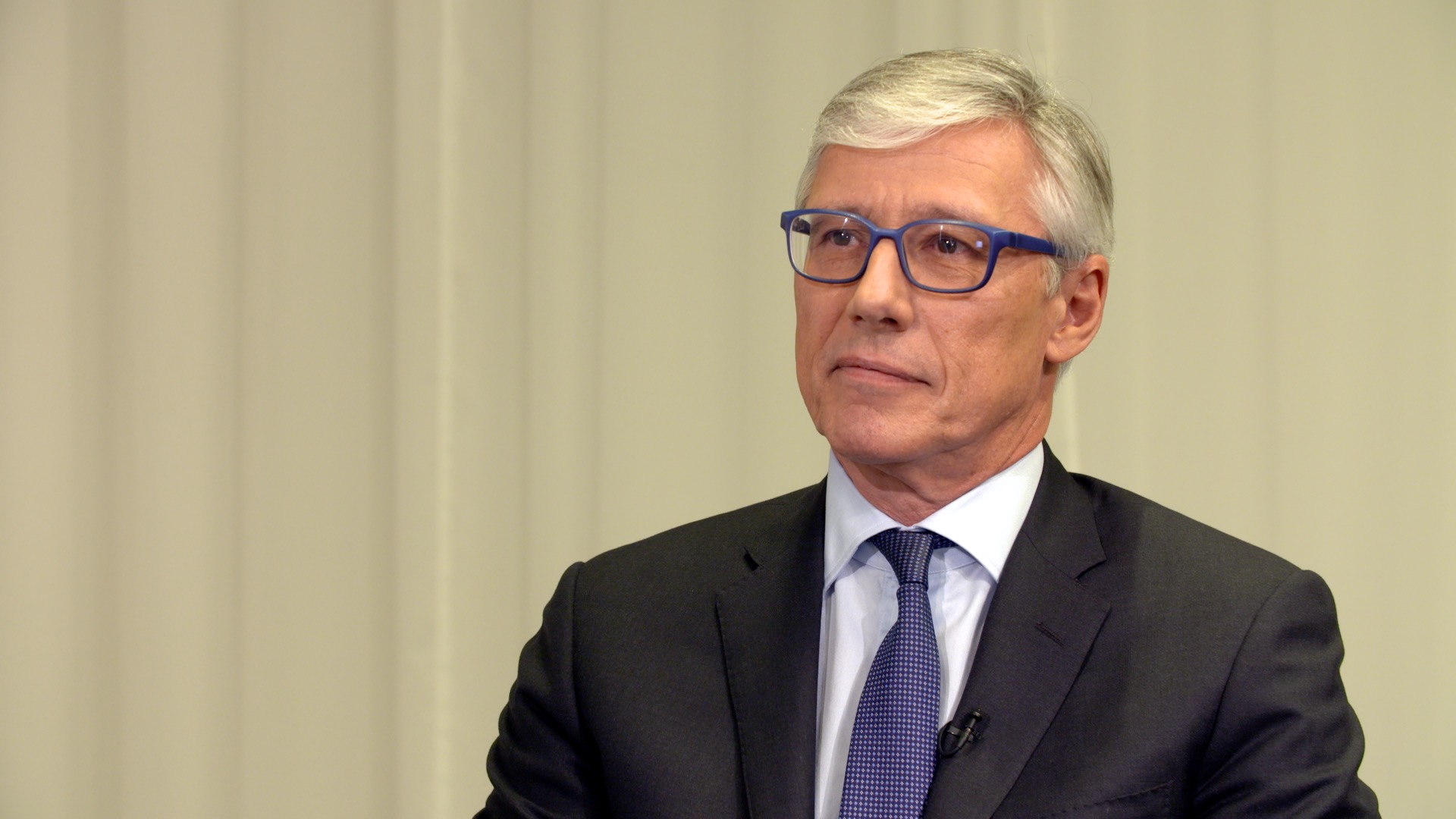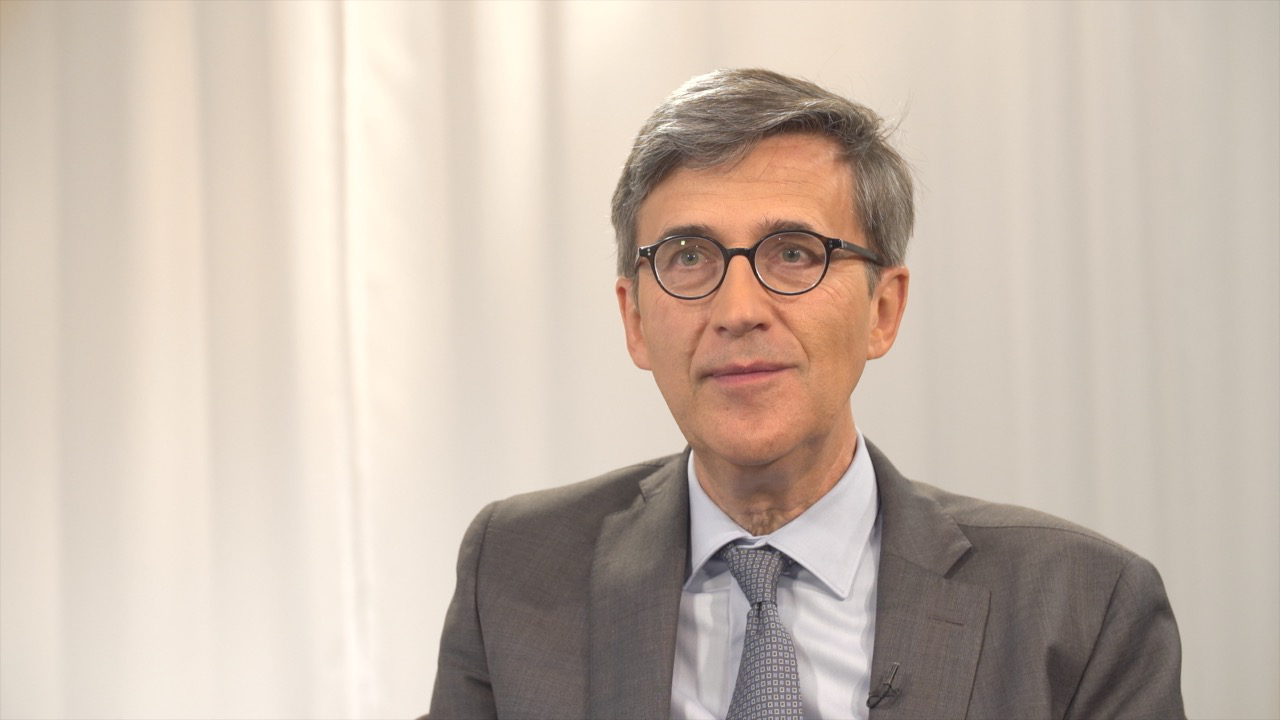EuroBusiness Media (EBM): Sanofi, a global and diversified healthcare leader, reports results for 2017. I have the pleasure of being with Sanofi CEO Olivier Brandicourt, welcome. What are the key takeaways of these 2017 results?
Olivier Brandicourt: Q4 was challenging, but overall in 2017, Sanofi delivered broadly stable business EPS in line with our guidance. In terms of sales, as expected, we saw a decrease in our Diabetes business in the U.S. by more than 20%. This was offset by double-digit sales growth at Sanofi Genzyme at 16.8%; an 8.3% sales increase at Sanofi Pasteur; and in Emerging Markets sales were up 6%, supported by continued strong performance in China.
Overall, we are pleased with the steps we have taken to strengthen the company. We met our full-year 2017 business EPS guidance of €5.54, and we are proposing a dividend of €3.03, the 24th consecutive annual increase.
EBM: Where do you stand with regards to your strategy? What progress have you made in 2017?
Olivier Brandicourt: Our 2020 strategy has four imperatives: reshaping our portfolio, sustaining innovation in R&D, delivering outstanding launches, and simplifying our organization to become more efficient.
To reshape our portfolio, in 2017 we swapped our Animal Health business for an industry-leading position in Consumer Healthcare. We took control of our European vaccines business and added Flublok. We also added a monoclonal antibody for respiratory syncytial virus, or RSV. And we advanced the carve-out of our EU generics business in line with our goal of divesting it by the end of 2018. Our success with these projects has shown our ability to successfully manage complex business challenges and make immediate positive impact for the company.
For launches, while some are progressing more slowly than we anticipated, we are delighted with the rollout of our new Immunology franchise, especially Dupixent, which exceeded our expectations and drove Sanofi Genzyme’s strong sales growth. More than 33,000 patients in the U.S. have now been prescribed this ground-breaking medicine. We also saw good progress from Kevzara, our other immunology asset, and had a rebound in Rare Disease, which ended the year with strong fourth-quarter growth of 8%.
EBM: And what about R&D, the second pillar you mentioned of your 2020 strategy?
Olivier Brandicourt: In R&D, we are developing technology platforms that target multiple mechanisms for complex diseases, called multi-targeting. This will help us create a competitive immunology franchise, rebuild oncology, and defend our leadership position in diabetes and cardiovascular.
Our R&D organization is now achieving above-industry success rates across each of the key clinical and regulatory phases, and is well-positioned to become one of the key players in the industry.
And in terms of simplifying the organization, we have fully implemented our new structure with 5 Global Business Units and centralized global support functions, allowing us to deliver the €1.5bn of savings we promised over the past two years.
So to answer your question, we are pleased with our progress, and looking forward to accelerating our transformation in 2018.
EBM: Speaking of acceleration, there has been a strong newsflow in the first weeks of 2018; how is Sanofi entering 2018?
Olivier Brandicourt: Sanofi is starting 2018 at full speed. In just the last month, we’ve announced major steps toward achieving our strategic goals.
We renegotiated our contract with Alnylam, giving us global rights to fitusiran for hemophilia A and B.
We announced the acquisition of Bioverativ, which will bring to Sanofi a strong, ready-made, franchise in the $10 billion hemophilia market. But we are also looking at this acquisition more broadly—as a platform for our expansion in rare blood disorders.
We also announced the acquisition of Ablynx. This enhances our portfolio in the near term with caplacizumab, which we expect to be approved this year as the first treatment for acquired TTP (thrombotic thrombocytopenic purpura). But Ablynx also strengthens our R&D with its innovative Nanobody® technology platform, which has applications not only in hematology but also in respiratory and immuno-inflammatory diseases.
These steps dramatically reshape our portfolio in specialty care, giving us a leading position in hemophilia and other rare blood disorders, and significantly strengthen our R&D.
EBM: And what about the cost of these acquisitions? The market seems to think they were expensive...
Olivier Brandicourt: Thanks for your question. But it is important to note that we have maintained our financial discipline in doing these deals. In particular, we expect both to deliver returns above our cost of capital within three years, and we expect Bioverativ to be immediately accretive to earnings.
Overall, after a period of significant reshaping since 2015, we are now positioned to drive growth.
EBM: What are you looking forward to in 2018? What do you see lying ahead?
Olivier Brandicourt: 2018 is the year we begin to make our success sustainable.
We have worked hard to create value by executing on our strategic transformation. Sanofi is more competitive because we are better structured and focused on fewer lines of business. We have a more disciplined resource allocation. We delivered on all of our financial objectives, successfully launched a new Immunology franchise, led by Dupixent, and we advanced our pipeline and our research capabilities.
Now, in 2018, with our recently announced acquisitions, we will have a strong position in rare blood disorders which we expect to create long-term value for our shareholders. We anticipate Sanofi will be back to growth with expected business EPS between 2% and 5% at CER.
EBM: Olivier Brandicourt, CEO of Sanofi, thank you very much.
Olivier Brandicourt: Thank you.

